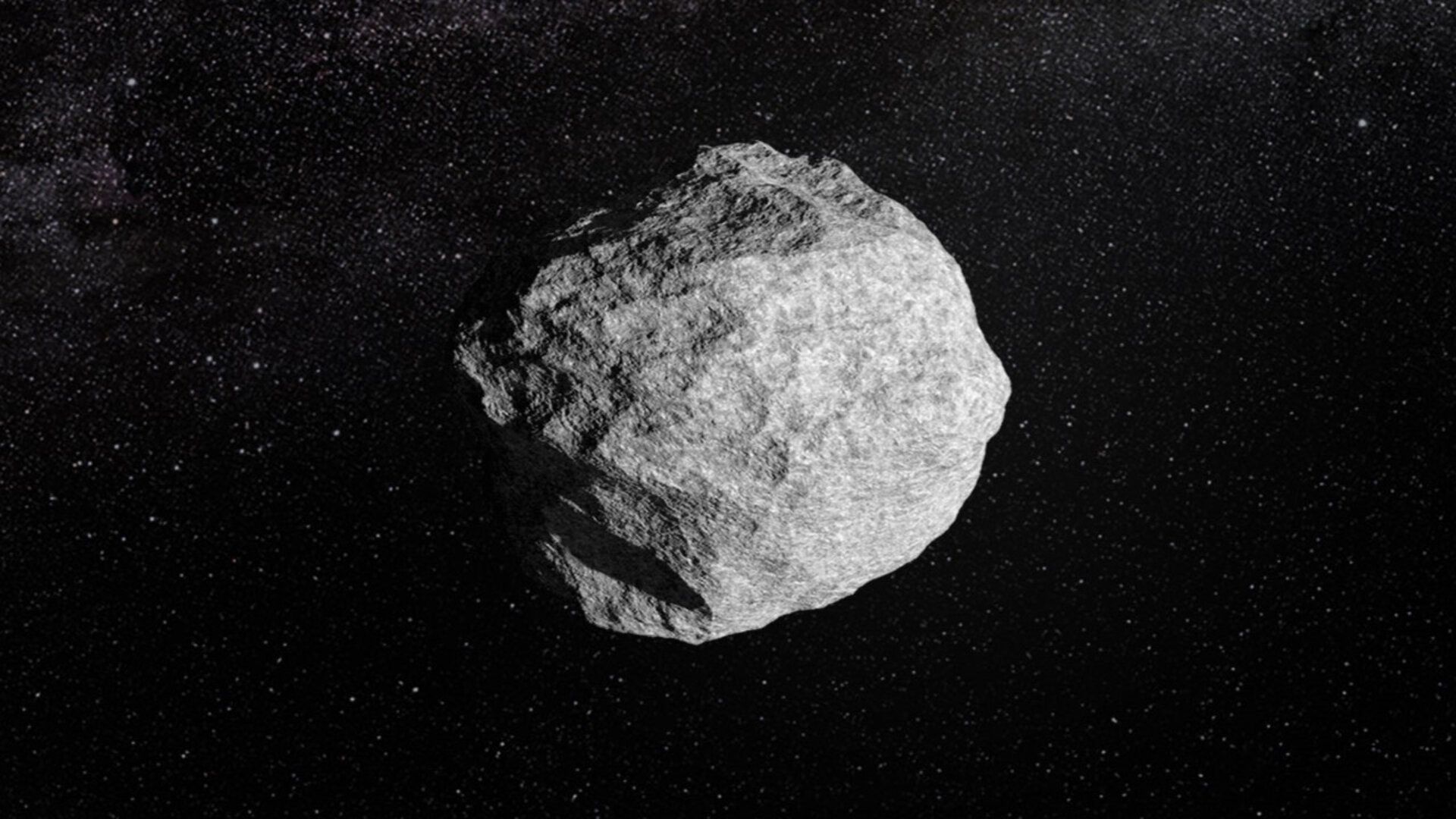Copyright Space.com

An Ontario preteen may be one of the youngest Canadians to ever find an asteroid. Siddharth Patel, a 12-year-old who lives in London, Ontario (west of Toronto), spotted two possible asteroids in September as part of a citizen science program that partners with NASA, according to the Toronto Star. The two suspected space rocks are called 2024 RX69 and 2024 RH39 and are cataloged in the Minor Planet Center, which is a branch of the International Astronomical Union that reports and tracks asteroids and other small, naturally occurring space objects. Siddharth told the Star he pursues his love of astronomy — he's been using a telescope since age five, supported by parents with no space background — after finishing school activities. "Space was not really taught in schools," he said. "I really started doing things about space after I came back from school, because school is the academic time. And after that is the time when I pursue my interests and dreams." While confirming the asteroids' orbits may take as long as a decade, Patel has another big project on his mind: becoming an astronaut. He recently joined the youth-focused Royal Canadian Air Cadets to learn how to fly a plane, the Star reported. This is following the pathway of notable Canadian Space Agency astronauts such as Jeremy Hansen (who will fly around the moon as part of NASA's Artemis 2 mission next year) and Chris Hadfield, the first Canadian to command the International Space Station. Siddharth found the asteroids through the International Astronomical Search Collaboration, which uses images from the Hawaiian Pan-STARRS facility and the Arizona-based Catalina Sky Survey for asteroid searches. While Siddharth's two space rocks reside in the main asteroid belt between Mars and Jupiter, the collaboration can also find near-Earth asteroids and trans-Neptunian objects (which orbit the sun beyond Neptune), according to NASA. The provisional asteroid discoveries aren't Siddharth's only space accolades. His image of Comet C/2023 A3 (Tsuchinshan-ATLAS) alongside the Milky Way received the People's Choice Award in DarkSky International's 2025 Capture the Dark photography contest.



